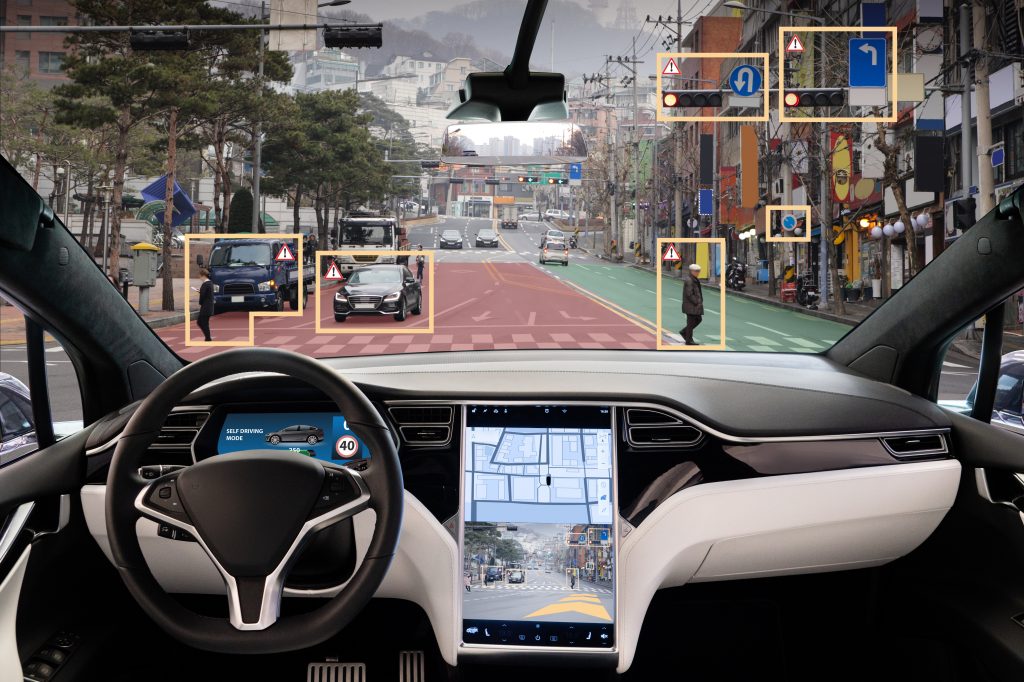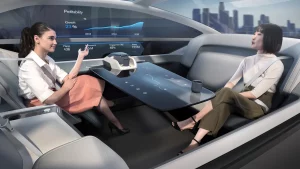- 27 December 2023
- 141
Decoding Ethical Quandaries in Autonomous Vehicles: The Trolley Problem and Beyond

Introduction
Autonomous vehicles represent a technological leap promising enhanced safety, convenience, and efficiency on our roads. Yet, beneath the sleek promise lies a complex web of ethical dilemmas, particularly concerning decision-making during critical moments. This article delves into the intricate landscape of ethical considerations surrounding autonomous vehicles, focusing on the contentious issue of decision-making scenarios, including the infamous ‘trolley problem.’
Understanding Autonomous Vehicle Decision-Making
Autonomous vehicles operate on intricate algorithms designed to navigate through various traffic scenarios without human intervention. These algorithms are programmed to prioritize safety, aiming to minimize harm to passengers, pedestrians, and others on the road. However, situations may arise where the car must make split-second decisions with moral implications, stirring debates on how these choices should align with societal values.
The Trolley Problem and its Implications
The Trolley Problem, a philosophical dilemma introduced by Philippa Foot and further popularized by philosopher Judith Jarvis Thomson, serves as a moral quandary often applied to autonomous vehicles. It presents a scenario where a trolley hurtles down a track, and the individual at the controls must decide whether to divert its path, potentially leading to the death of fewer people but actively choosing to cause harm, or maintain course, resulting in greater casualties but with no active decision to harm. Translating this thought experiment into autonomous vehicles, imagine a scenario where a self-driving car faces an imminent collision and must choose between hitting a group of pedestrians or swerving and risking the lives of its occupants. This stark choice encapsulates the ethical dilemmas inherent in programming these vehicles.

Ethical Frameworks in Autonomous Vehicle Decision-Making
Utilitarianism, which aims to maximize overall happiness or minimize harm, seems a logical approach for programming autonomous vehicles. However, challenges arise in defining ‘the greater good’ and balancing the value of different lives. Additionally, deontological ethics, emphasizing adherence to moral rules or duties, might conflict with utilitarian outcomes, as following rules might not always lead to the best overall consequence.
Legal and Regulatory Perspectives
The regulatory landscape for autonomous vehicles grapples with these ethical considerations. Governments and regulatory bodies worldwide face the challenge of formulating guidelines that balance technological innovation with societal well-being. Some argue for clear guidelines to dictate decision-making algorithms, while others advocate for adaptable systems capable of assessing contextual nuances in real-time.
Human Morality vs. Machine Decision-Making
A fundamental question arises regarding the compatibility of human moral reasoning with the decision-making algorithms embedded in autonomous vehicles. Human morality is subjective and influenced by cultural, ethical, and personal factors. Replicating this complex decision-making process in machines raises concerns about how societal values can be encoded into algorithms.
Enhancing Ethical Decision-Making in Autonomous Vehicles
Technological advancements, including machine learning and AI, offer prospects for refining autonomous vehicle decision-making. Implementing AI systems capable of learning from real-world data might enable these vehicles to adapt and make more contextually aware decisions, possibly aligning better with societal values.

Conclusion
The emergence of autonomous vehicles introduces a realm of ethical intricacies, particularly concerning decision-making in critical scenarios. The Trolley Problem encapsulates the complexity of these dilemmas, urging a careful examination of ethical frameworks, legal considerations, and technological advancements. As we navigate this landscape, striking a balance between innovation and ethical responsibility remains pivotal in shaping a safer, more morally conscious future on our roads.

